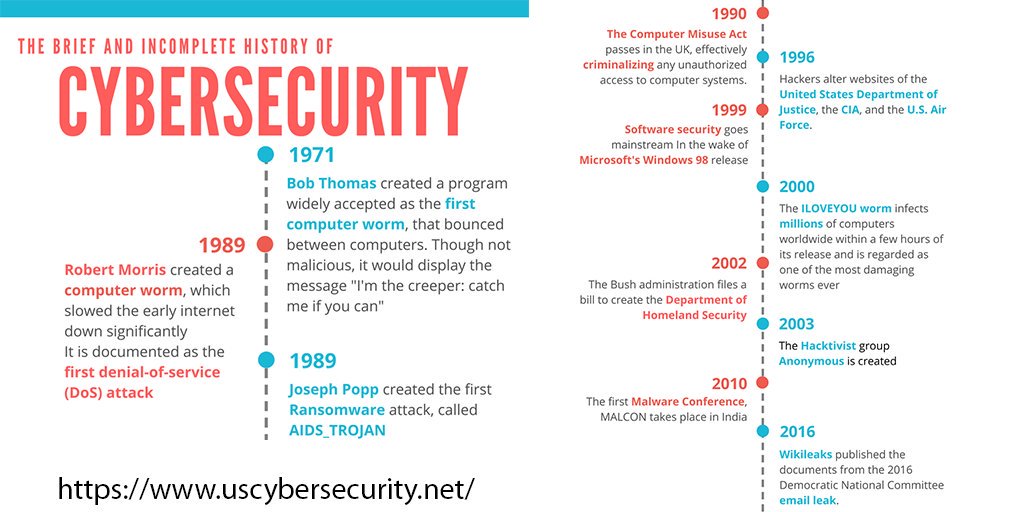
After repeated attempts to break into various staffers’ accounts, the hackers turned to the personal Gmail addresses. Two-factor authentication may have slowed the hackers, but it didn’t stop them. Security awareness even followed the campaigners into the bathroom, where someone put a picture of a toothbrush under the words: “You shouldn’t share your passwords either.” Most messages were deleted after 30 days and staff went through phishing drills. Work emails were protected by two-factor authentication, a technique that uses a second passcode to keep accounts secure. The Clinton campaign was no easy target several former employees said the organization put particular stress on digital safety. All of a sudden, they were sending links aimed at senior Clinton officials’ nonpublic 2016 addresses, including those belonging to longtime Clinton aide Robert Russo and campaign chairman John Podesta. Within hours of a second volley emailed March 11, the hackers hit pay dirt.

But it doesn’t show whether people entered their passwords. Secureworks’ data reveals when phishing links were created and indicates whether they were clicked. It’s possible the hackers broke in and stole her contacts the data shows the phishing links sent to her were clicked several times. “They probably crawled the internet for this stuff,” he said.Īlmost everyone else targeted in the initial wave was, like Sreenivasan, a 2008 staffer whose defunct email address had somehow lingered online.īut one email made its way to the account of another staffer who’d worked for Clinton in 2008 and joined again in 2016, the AP found. Sreenivasan, now a legislative staffer in Austin, was dumbfounded when told by the AP that hackers had tried to break into his 2008 email - an address he said had been dead for nearly a decade. One of the first people targeted was Rahul Sreenivasan, who had worked as a Clinton organizer in Texas in 2008 - his first paid job in politics. The messages urged users to boost their security or change their passwords while in fact steering them toward decoy websites designed to collect their credentials. The rogue messages that first flew across the internet March 10 were dressed up to look like they came from Google, the company that provided the Clinton campaign’s email infrastructure. It also helps explain how a Russian-linked intermediary could boast to a Trump policy adviser, a month later, that the Kremlin had “thousands of emails” worth of dirt on Clinton. The AP’s reconstruction- based on a database of 19,000 malicious links recently shared by cybersecurity firm Secureworks - shows how the hackers worked their way around the Clinton campaign’s top-of-the-line digital security to steal chairman John Podesta’s emails in March 2016.

intelligence agencies have concluded that Russia was behind the email thefts, the AP drew on forensic data to report Thursday that the hackers known as Fancy Bear were closely aligned with the interests of the Russian government.


 0 kommentar(er)
0 kommentar(er)
